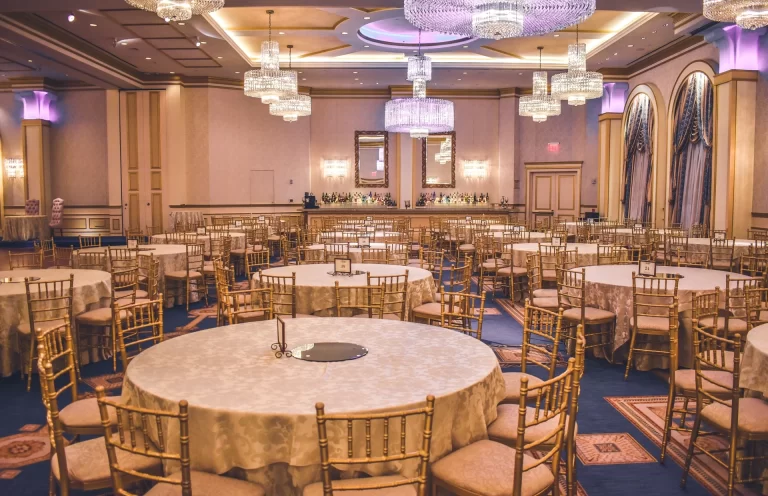An effective team building program can accomplish several important business objectives: improving employee communication, engagement, collaboration, problem-solving, and leadership skills, among others.
It requires an investment in time and resources and requires employees to leave their regular roles. To optimize the return on that investment, it’s essential to create an environment where employees are comfortable and able to focus on the team building activity.
While it’s natural for workers to want to get out of the office and enjoy the fresh air, outdoor team building venues are usually not the best setting (with the exception of scavenger hunts or other activities specifically designed to be held outside).
Here’s why—and how to create the best environment for success, whatever team building venue you choose.
Challenges of Outdoor Team Building Venues
Team building facilitators want to introduce activities so that nothing will interfere with the group’s ability to succeed. With any outdoor venue, almost anywhere and at any time, weather is a concern: heat, cold, wind, and/or rain can make conditions miserable. In a public outdoor setting such as a park, there are potential distractions from other people, pets, extraneous noise, Frisbees, balls of various types, and other sources.
The facilitator’s goal is to explain and deliver activities in an environment with as few distractions as possible. This maximizes your group’s ability to succeed and increases the positive impact of your workshop.
In a purpose-built indoor corporate team building venue – such as a large meeting room on a corporate campus or a ballroom in a hotel or casino – it’s much easier to eliminate distractions so everyone can focus on the team building activity. The climate is controlled, the sound system is built-in, and tables and chairs can be easily arranged to fit the program.
Tips for Planning Successful Events in Outdoor Team Building Venues
There are times when the allure of the outdoors is hard to resist. Maybe it’s (forecasted to be) a gorgeous Friday afternoon. Maybe it’s (forecasted to be) one of those first 70-degree days of the spring in Minneapolis, or the fall in Phoenix.
If that’s the case, here are a few strategies to maximize your chances of success when choosing outdoor team building venues:
- Have a backup indoor space where you can host the team building activity in case the weather doesn’t cooperate.
- Choose a private, dedicated, or reserved location that is free of distractions from other people, animals, and extraneous noise.
- Arrange transportation if your indoor backup location isn’t close by.
- Monitor the weather forecast three to five days out from the event. If it looks less than ideal, consider moving the program indoors. If that’s not an option, decide if you simply want to warn employees to dress for the weather (e.g., it looks like it will be gray and cool but dry) or postpone the event (storms are likely).
- Have a “plan A” and a “plan B” to address the conditions. If the day looks damp but not a washout, you may choose to move activities indoors or keep them outside but use different materials (e.g., no paper or cardboard).
Choosing the Ideal Corporate Event Venue
It’s easy to understand why people love the idea of doing team building activities outdoors. But nature doesn’t always accommodate.
Depending on your situation, you may decide the risks of a successful outdoor event are too great, and an indoor venue is preferable. Or you may arrange for an outdoor location with a backup indoor space or at least a “plan B” in case the weather doesn’t cooperate.
What’s most important when selecting team building venues is to:
- Minimize distractions
- Ensure adequate space for activities (consult your team building provider)
- Prioritize participant comfort
This will maximize participants’ enjoyment, the benefits they get from the team building program, and the return on your organization’s investment in increasing employee engagement.


